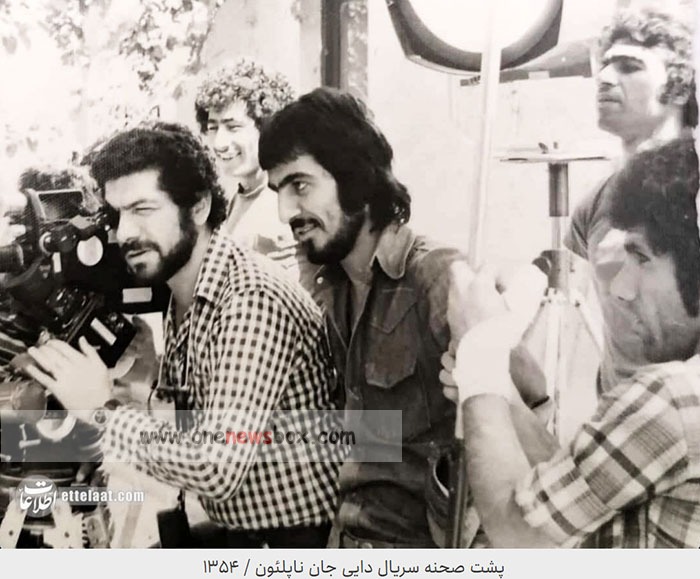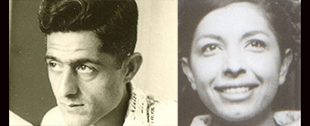The Road to Cinema
Before he became a filmmaker, Taghvaei worked briefly in television, where he gained technical experience and learned the grammar of visual storytelling. His early documentaries, such as Taximeter (1967) and Mashhad Ghali, revealed a fascination with everyday people and social realities, a theme that remained consistent throughout his career.
In 1965, Taghvaei joined the crew of Ebrahim Golestan’s seminal film Brick and Mirror, a formative experience that introduced him to modern cinematic techniques and narrative experimentation. Under Golestan’s mentorship, Taghvaei developed a keen sense of realism — both poetic and political — which would later distinguish him from his contemporaries.
By the late 1960s, Iran’s cultural scene was undergoing a profound transformation. The emergence of filmmakers such as Dariush Mehrjui, Masoud Kimiai, Bahram Beyzai, and Parviz Kimiavi signaled the birth of the Iranian New Wave, a movement characterized by artistic introspection, social critique, and cinematic innovation. Taghvaei’s arrival in this landscape would cement his reputation as one of its most distinctive voices.

